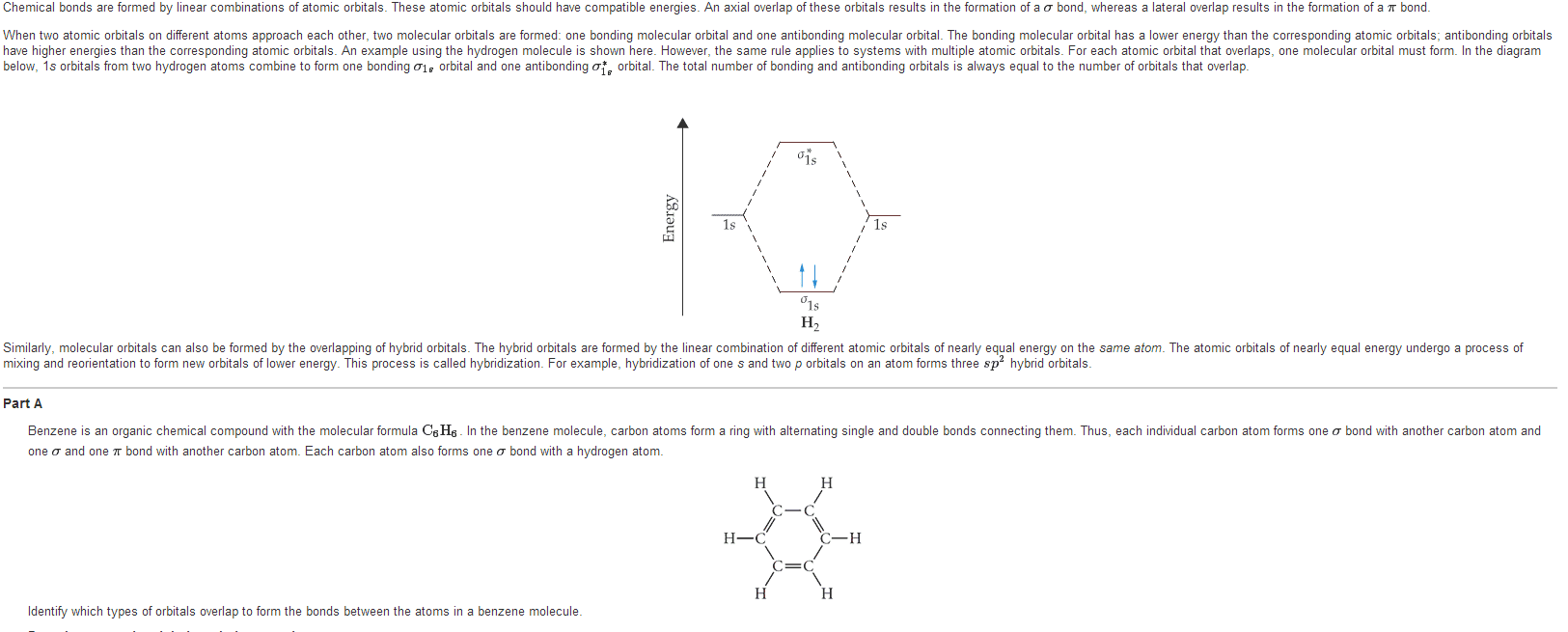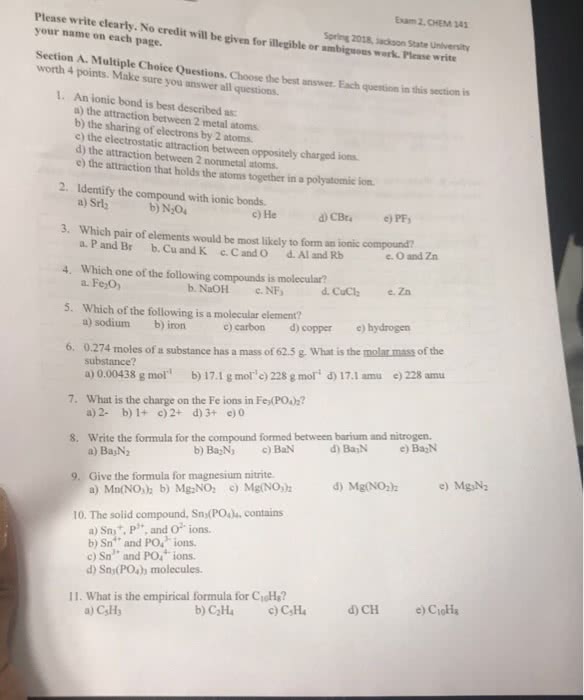CHEM 135 Chapter Notes - Chapter 3: Covalent Bond, Combustion Analysis, Organic Compound
35 views3 pages
18 Sep 2018
School
Department
Course
Professor
Document Summary
Hydrogen: explosive gas used as fuel in rocket engines, low boiling point. Oxygen: not flammable but must be present for combustion, low boiling point. Water is nothing like the hydrogen and oxygen from which it was formed. Compounds can have very different properties from the elements by which it was formed. Compounds are composed of atoms held together by chemical bonds. Ionic bonds: occur between metals and nonmetals, involve the transfer of electrons from one atom to another. Covalent bonds: occur between two or more nonmetals, involve the sharing of electrons between two atoms. Ionic compound: the solid phase is composed of a lattice of alternating cations and anions. Shared electrons have lower potential energy because they interact with the nuclei of both atoms. 3. 3 representing compounds: chemical formulas and molecular models. Chemical formula: indicates which elements are present in the compound and the relative number of atoms or ions of each.
Get access
Grade+20% off
$8 USD/m$10 USD/m
Billed $96 USD annually

Homework Help
Study Guides
Textbook Solutions
Class Notes
Textbook Notes
Booster Class
40 Verified Answers
Class+
$8 USD/m
Billed $96 USD annually

Homework Help
Study Guides
Textbook Solutions
Class Notes
Textbook Notes
Booster Class
30 Verified Answers
Related textbook solutions
Chemistry: Structure and Properties
2 Edition,
Tro
ISBN: 9780134293936
Basic Chemistry
5 Edition,
Timberlake
ISBN: 9780134138046
Principles of Chemistry Molecular Approach
4th Edition,
Tro
ISBN: 9780134112831
Principles of Chemistry Molecular Approach
3rd Edition, 2014
Tro
ISBN: 9780321971944
Chemistry: Structure and Properties
2nd Edition,
Tro
ISBN: 9780134293936
Chemistry: A Molecular Approach
3rd Edition,
Tro
ISBN: 9780321809247
Chemistry: A Molecular Approach
5th Edition,
Tro
ISBN: 9780134874371
Principles of Chemistry: A Molecular Approach
4th Edition,
Tro
ISBN: 9780134895741
Chemistry: The Central Science
14th Edition, 2017
Brown
ISBN: 9780134414232


